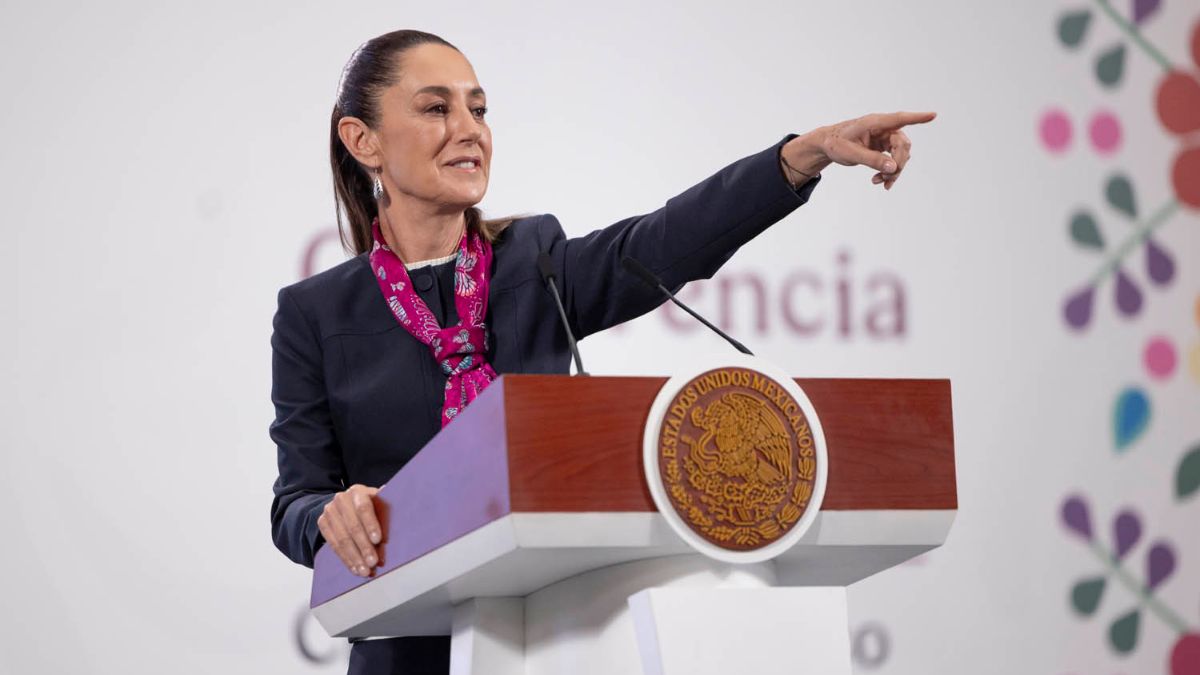
Poverty in Mexico showed a significant decrease in 2024, according to the latest data published by the National Institute of Statistics and Geography (INEGI). The study, based on the National Household Income and Expenditure Survey (ENIGH), reveals that both multidimensional poverty and extreme poverty recorded their lowest levels in nearly a decade, although regional inequalities and social deprivations continue to pose a structural challenge.
ALSO READ. Mexico wins, the United States loses: The battle for Canadian tourism and the Trump effect
How many poor people are there in Mexico according to INEGI?
In 2024, 29.6% of the Mexican population —equivalent to 38.5 million people— was in a situation of multidimensional poverty, meaning they had insufficient income to purchase basic goods and services and at least one social deprivation such as educational lag, lack of access to healthcare, social security, housing, or nutritious food.
This figure represents a reduction of 8.3 million people and 6.8 percentage points compared to 2022, when poverty affected 36.3% of the population.
As for extreme poverty, which means having an income below the cost of the basic food basket and experiencing three or more social deprivations, the percentage fell from 7.1% in 2022 to 5.3% in 2024, equivalent to a decrease of 2.1 million people.
Which states have the most and least poverty?
INEGI points out that poverty distribution in Mexico remains unequal.
- Highest levels of multidimensional poverty: Chiapas (66.0%), Guerrero (58.1%), Oaxaca (51.6%), Veracruz (44.5%), and Puebla (43.4%).
- Lowest levels: Baja California (9.9%), Baja California Sur (10.2%), Nuevo León (10.6%), Coahuila (12.4%), and Sonora (14.1%).
In the case of extreme poverty, Chiapas (27.1%), Guerrero (21.3%), and Oaxaca (16.3%) top the list, while Baja California (0.4%), Nuevo León (0.5%), and Aguascalientes (0.6%) have the lowest figures.
Why is there less poverty in Mexico?
An analysis based on INEGI data attributes the reduction in poverty in Mexico to several combined factors, most notably the increase in the minimum wage.
Since 2019, Mexico has implemented a wage recovery policy that has marked a significant shift. Annual increases have been proportionally higher, in some cases exceeding 20%, with the aim of addressing the historical lag.
In 2025, the minimum wage in Mexico increased by 12% compared to 2024. These increases, which also include a different rate for the Northern Border Free Zone (ZLFN) due to its economic particularities and competitiveness with the United States, are the result of a tripartite dialogue and negotiation process. This paradigm shift has brought the minimum wage in Mexico closer to covering a family’s basic needs.
- Improvements in labor income and social programs
Between 2022 and 2024, formal employment rose (+23.5%) and the number of people benefiting from government transfers increased, especially pensions for older adults. - Reduction of key social deprivations
- Access to healthcare services: from 39.1% of the population in 2022 to 34.2% in 2024.
- Access to nutritious and quality food: from 18.2% to 14.4%.
- Basic services in housing: from 17.8% to 14.1%.
- Housing quality and space: from 9.1% to 7.9%.
What differences exist between urban and rural areas?
Poverty is higher in rural areas, where 45.8% of the population (13.0 million people) lives in multidimensional poverty, compared to 25.0% in urban areas (25.5 million).
In rural areas, deprivations are also greater:
- Access to healthcare: 48.7% compared to 30.1% in urban areas.
- Access to social security: 74.6% compared to 40.8%.
Which social deprivation remains the biggest challenge?
The lack of access to social security is the most persistent issue, affecting 48.2% of the population (62.7 million people). This indicator has shown only marginal improvements since 2016 but remains the main obstacle to guaranteeing basic social rights, especially in the south of the country and rural areas.
What challenges remain in fighting poverty in Mexico?
Although progress is clear, INEGI warns that poverty in Mexico still maintains significant regional gaps:
- The south-southeast concentrates the highest levels of poverty and extreme poverty.
- Educational lags persist in Chiapas, Oaxaca, and Guerrero.
- Universal access to healthcare and social security remains pending.
- Housing and basic service deficiencies, although decreasing, still affect millions of people.
⇒ SUBSCRIBE TO OUR CONTENT ON GOOGLE NEWS









